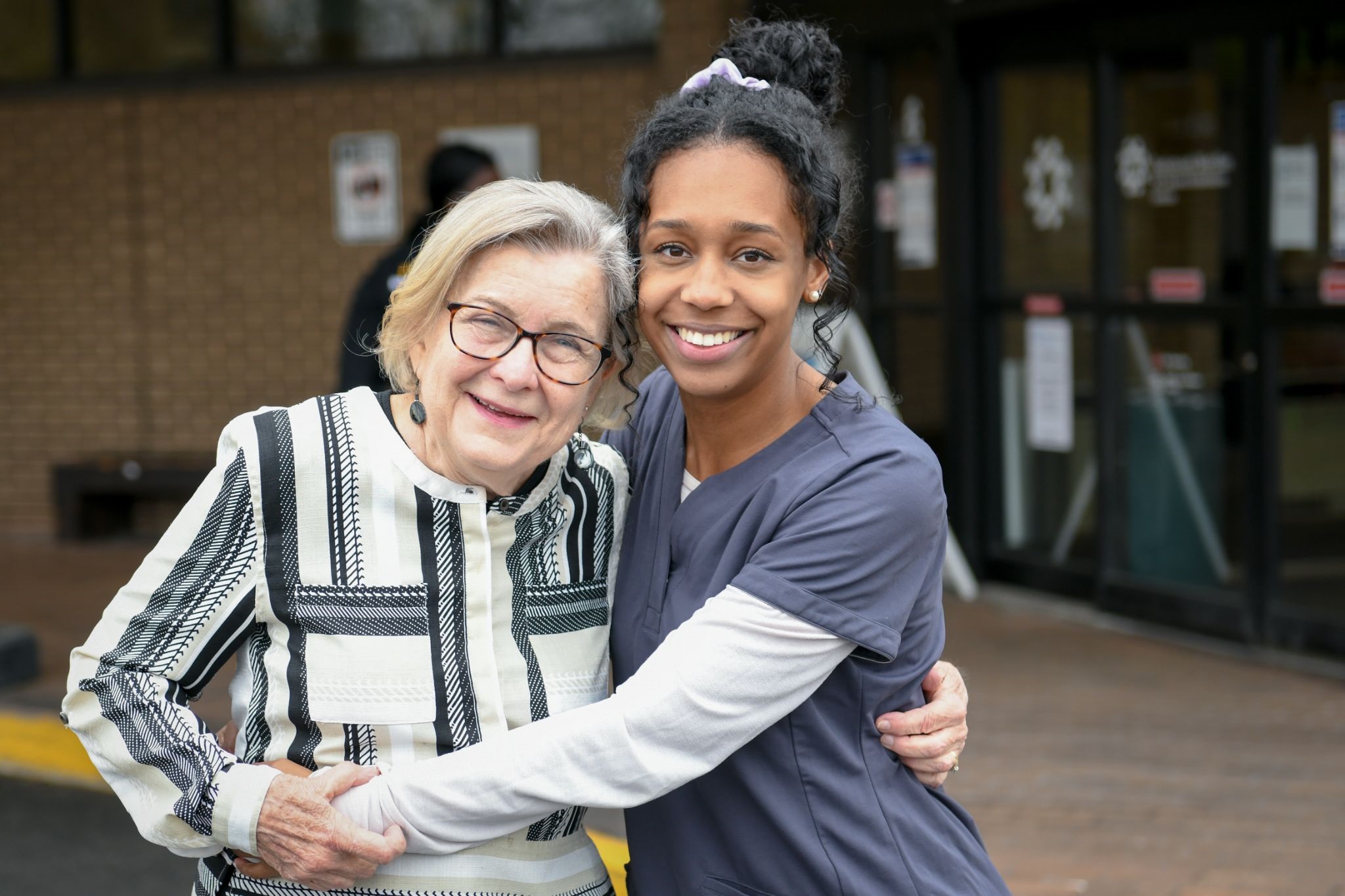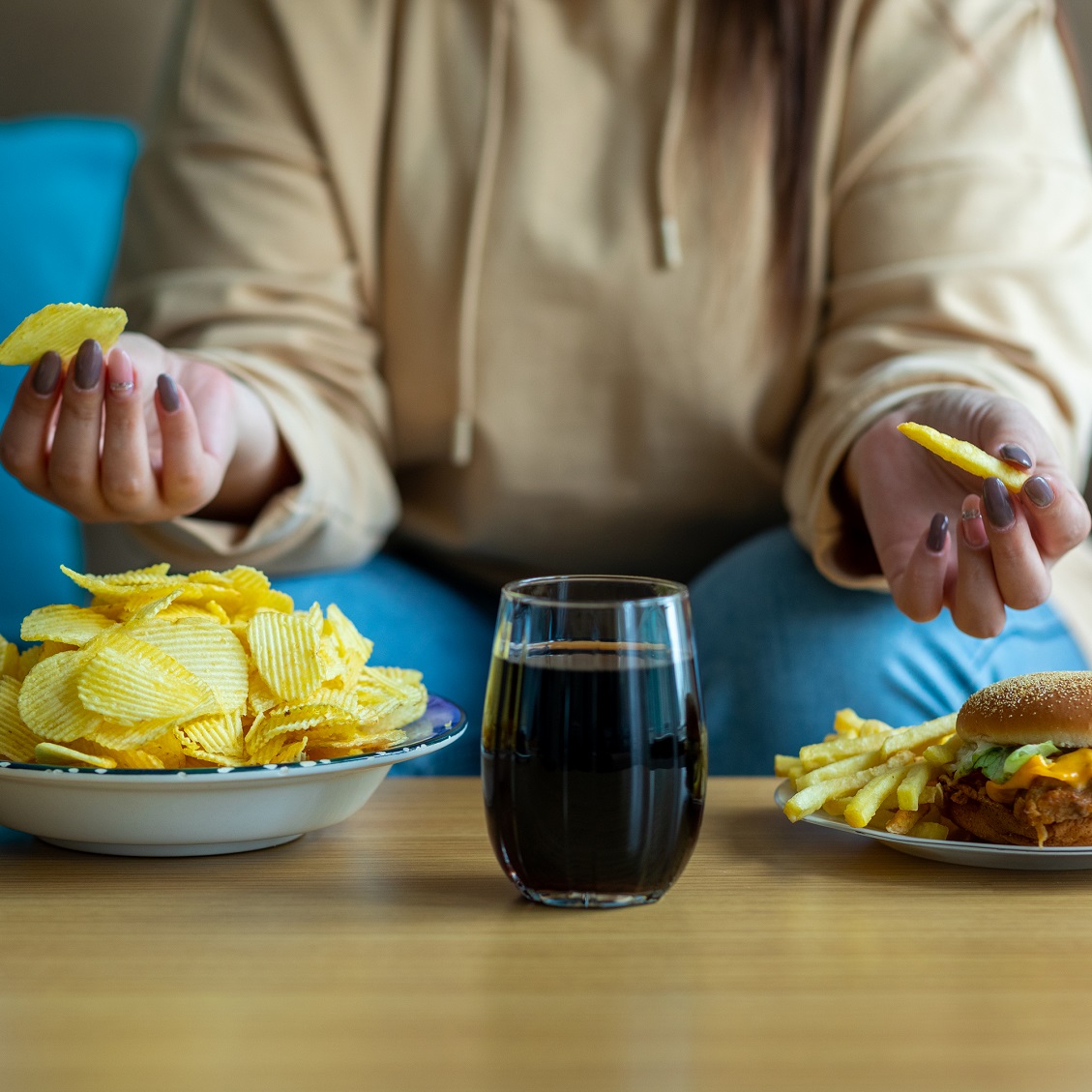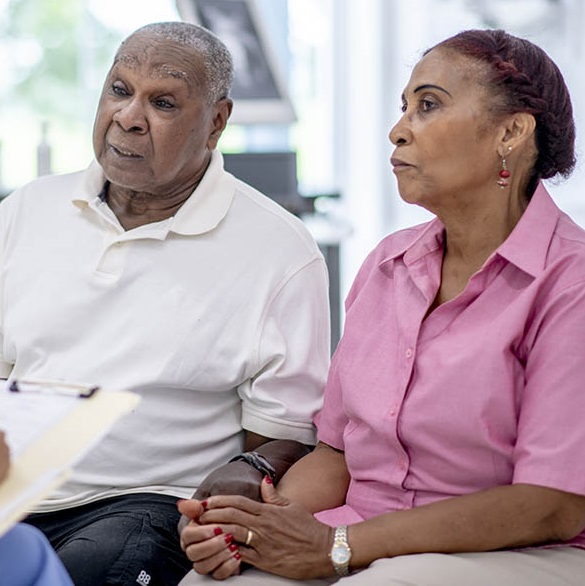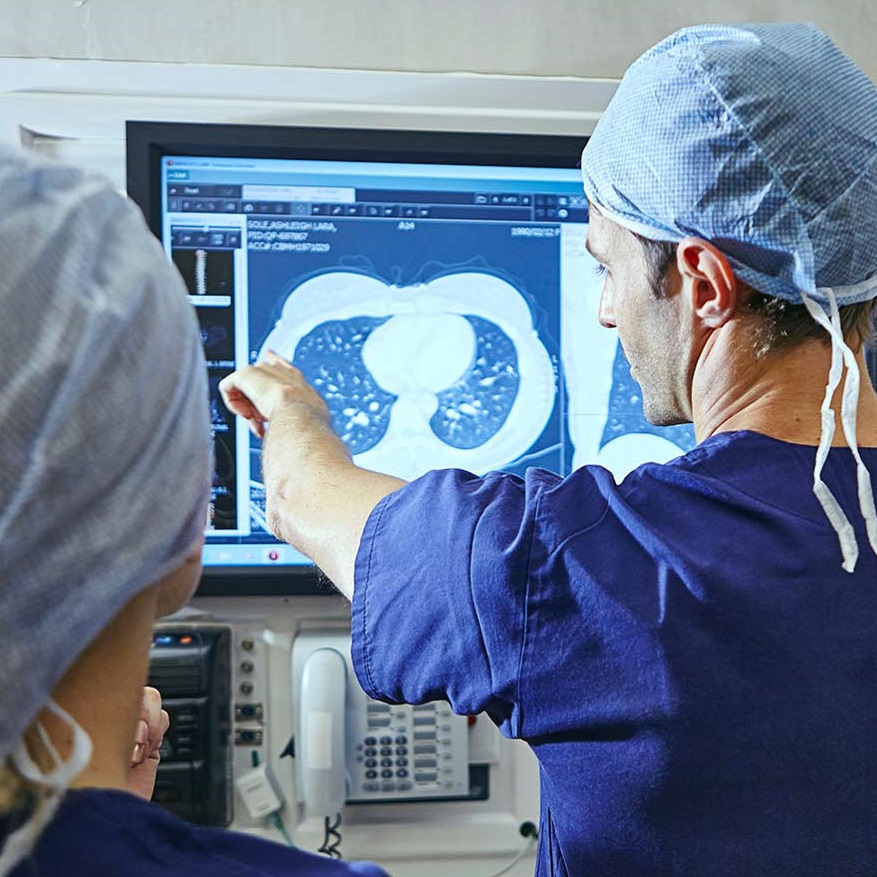For A Leader in Stroke Care, a Life’s Work Turns Personal

May 13, 2022
In an instant, her life’s work turned personal. Mary Jo Santo Pietro, Ph.D., is a noted leader in the field of treating aphasia, a condition that makes people unable to speak or to understand speech, usually because of a stroke or other brain injury. As a doctoral student in the late 1970s, Dr. Santo Pietro treated soldiers who returned from the Vietnam War with brain injuries.
As a specialist in neurogenic communication disorders, Dr. Santo Pietro taught generations of speech therapists and other health care professionals about aphasia — at Rutgers University and City University of New York. In 1995, she joined Kean University. In her academic retirement, Dr. Santo Pietro, now 77, continues to establish and run aphasia support groups and advocate for the 70,000 New Jerseyans living with the condition.
But on that October evening last year, as she and three generations of her family sat at the dinner table in Metuchen, the noted leader in the field of aphasia felt helpless despite her years of study and teaching. Dr. Santo Pietro reached to ask her son-in-law to pass a bowl. “I couldn’t get the words out,” she recalled.
Dr. Santo Pietro can count among her mentees her granddaughter, Ariana Santo Pietro. As a child, Ariana accompanied her grandmother to aphasia support gatherings, such as “stroke picnics,” and eventually followed in her grandmother’s footsteps. Ariana, 24, is currently an intern in the Speech and Hearing service at Hackensack Meridian JFK Johnson Rehabilitation Institute and will graduate in May with an M.S. in Communication Sciences and Disorders at Teachers College Columbia University.
Mindful of the Warning Signs
At that October dinner, Ariana was sitting to the left of her grandmother. “I was paying attention to her speech,” Ariana recalled. “She was slurring, but just slightly. I started paying closer attention and thought, ‘This is a warning sign. I hope this isn’t happening.’ I didn’t want to freak out my whole family. I leaned over and looked at the right side of my grandmother’s face and I saw a slight droop. I thought, ‘Oh no. It’s time.’ I said to everyone, ‘I think Grandma is having a stroke.’"
The family called Emergency Medical Services and then asked Dr. Santo Pietro to repeat a common phrase, the early bird catches the worm. Her words were unintelligible. EMS arrived in minutes and the woman who spent her life helping people with stroke was declining fast. She could no longer speak.
“The last thing I remember was getting into the ambulance,” Dr. Santo Pietro recalled.
Acting Fast and a Life Saved
At Hackensack Meridian JFK University Medical Center, the emergency team moved deliberately and with speed. She was diagnosed quickly and the clot-busting drug, intravenous tPA, was immediately administered. In emergency stroke treatment, time is everything. The quick diagnosis and treatment saved Dr. Santo Pietro’s brain from what could have been a life-altering stroke. The next morning, she felt well, and diagnostic tools found no sign of brain damage.
The experience gave her insight into what her patients experience, and she will take that insight as she continues her work as an inaugural member of the Mike Adler Aphasia Task Force, which monitors the prevalence of aphasia in New Jersey, establishes aphasia support groups and other resources, and provides recommendations to the governor and state legislature.
“You are lying there and there is a feeling of helplessness that’s awful,” Santo Pietro said. “I could not make my mouth answer questions. It was getting worse by the minute and was very scary. All my years of knowledge was not helpful at the point. My granddaughter saw what no one else saw. … I am so grateful to her and all the people at JFK. They saved my life.”
Next Steps & Resources:
- To make an appointment with a doctor near you, call 800-822-8905 or visit our website.
- Learn more about stroke care at Hackensack Meridian Health.
The material provided through HealthU is intended to be used as general information only and should not replace the advice of your physician. Always consult your physician for individual care.
Are Stroke Symptoms Different for Young People?

When Danny Dominguez felt weak with pain and throbbing in his head, he never thought it could be symptoms of stroke.

These 9 Things Can Increase Your Risk of Stroke in Your 40s
Do strokes only affect older adults? While they’re more common among people aged 65 and older, 10 to 15 percent of people who have strokes are between the ages of 18 and 50.

How to Help Prevent Stroke
Stroke is the fifth leading cause of death in the United States, according to the American Heart Association, and is the number one cause of disability. Eighty percent of strokes are preventable.

Differences Between Stroke and Brain Aneurysm
Strokes and brain aneurysms are similar but not the same, says neurosurgeon Yevgenia Shekhtman, M.D. They both can cause severe damage — even death.

Five Tips for Preventing a Second Stroke
Each year in the U.S., more than 795,000 people have a stroke, and 25% of those people will go on to have a second stroke.
